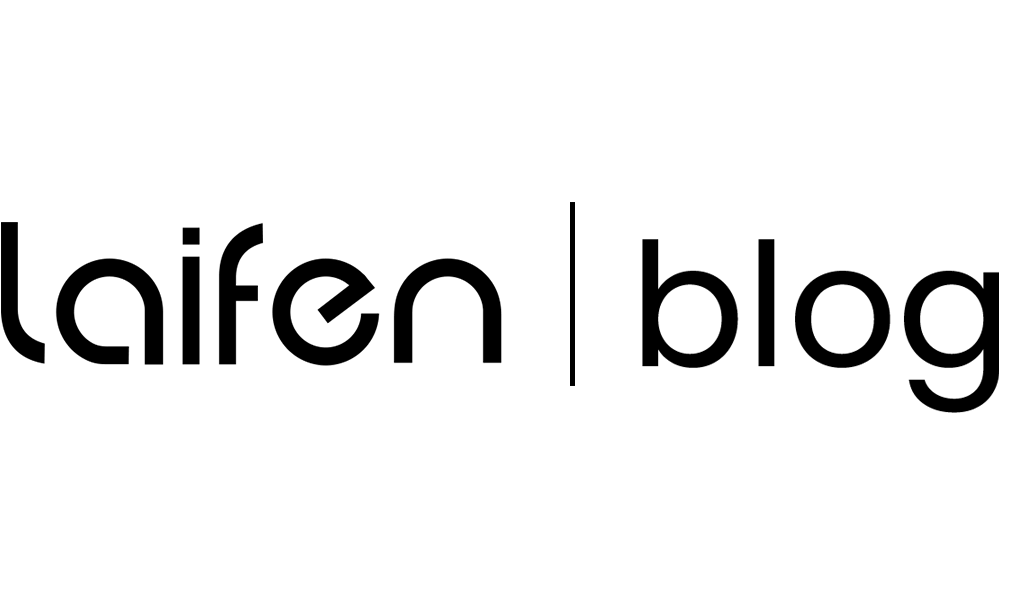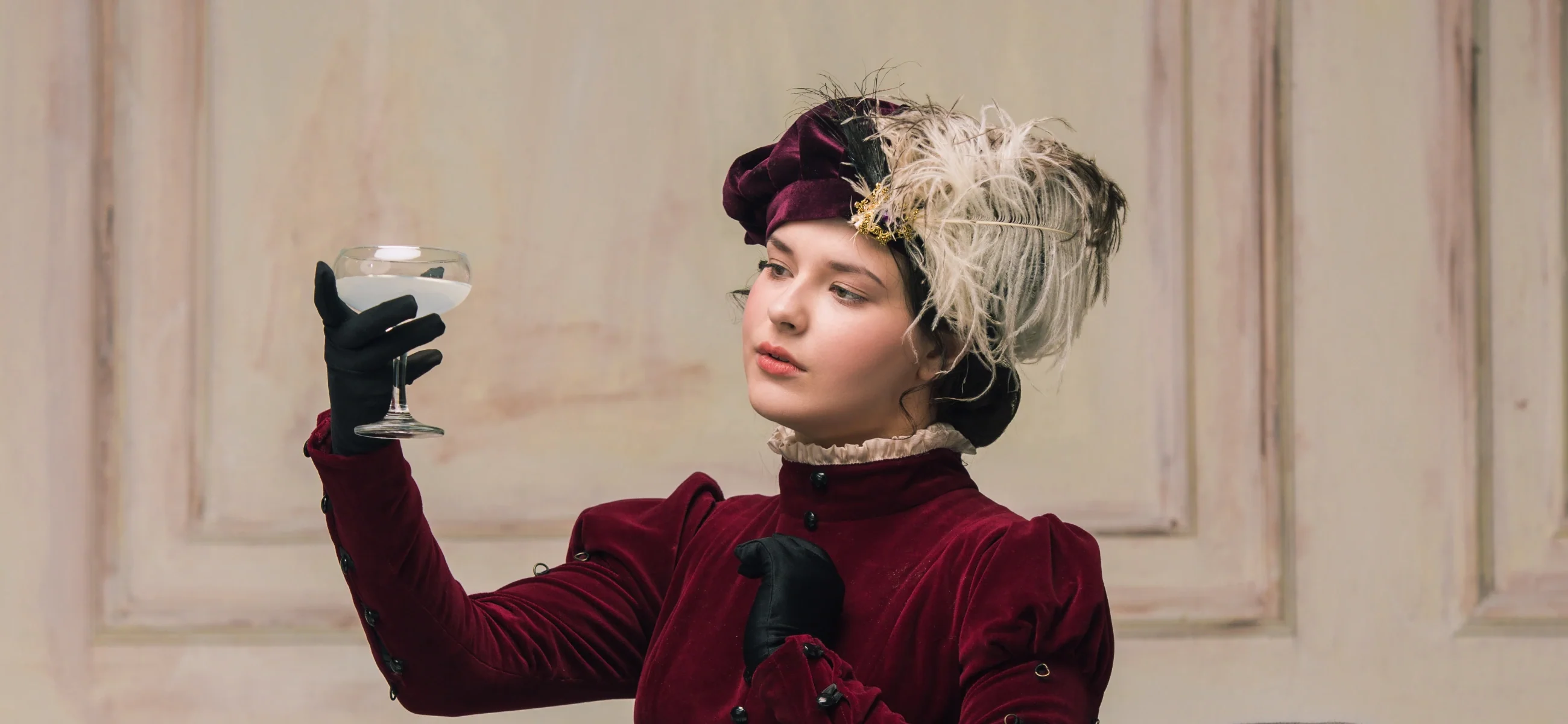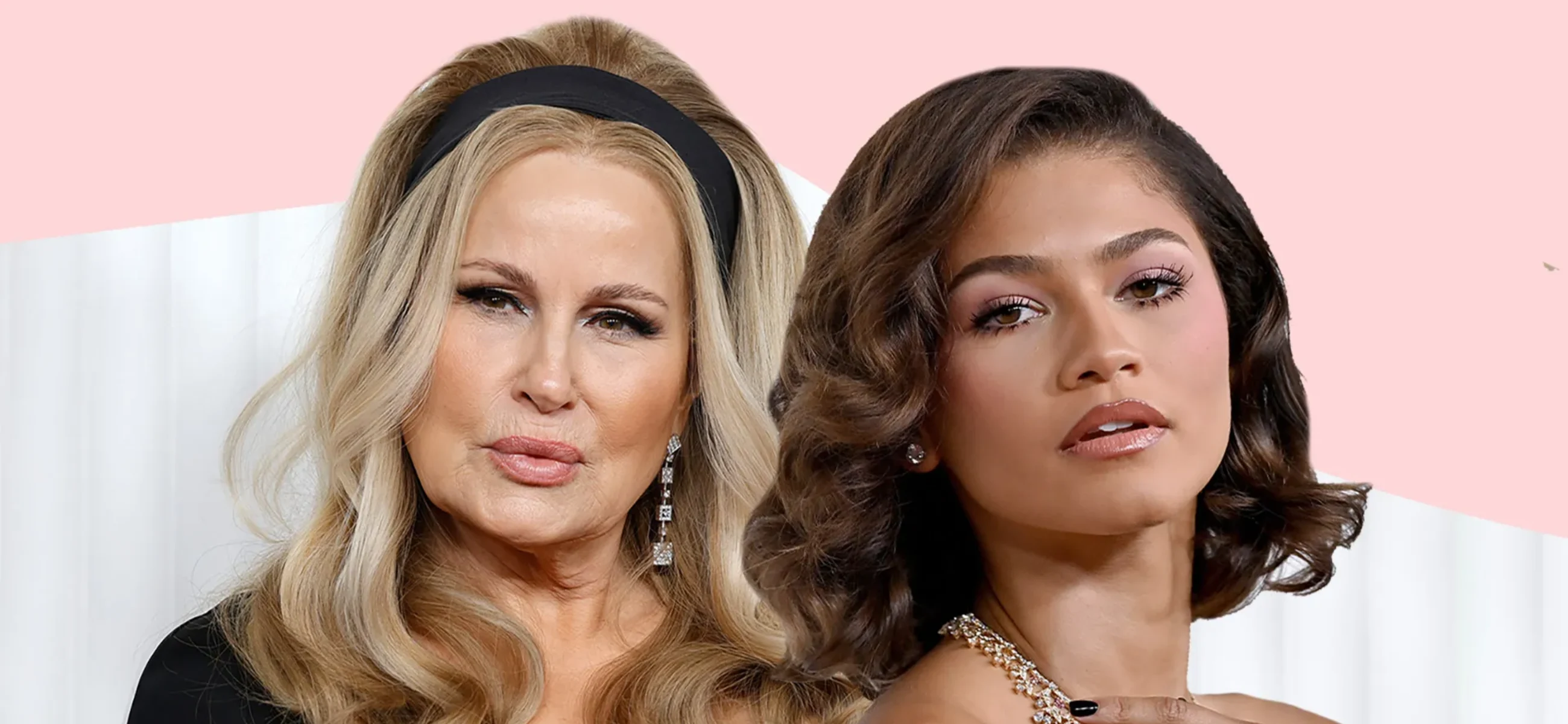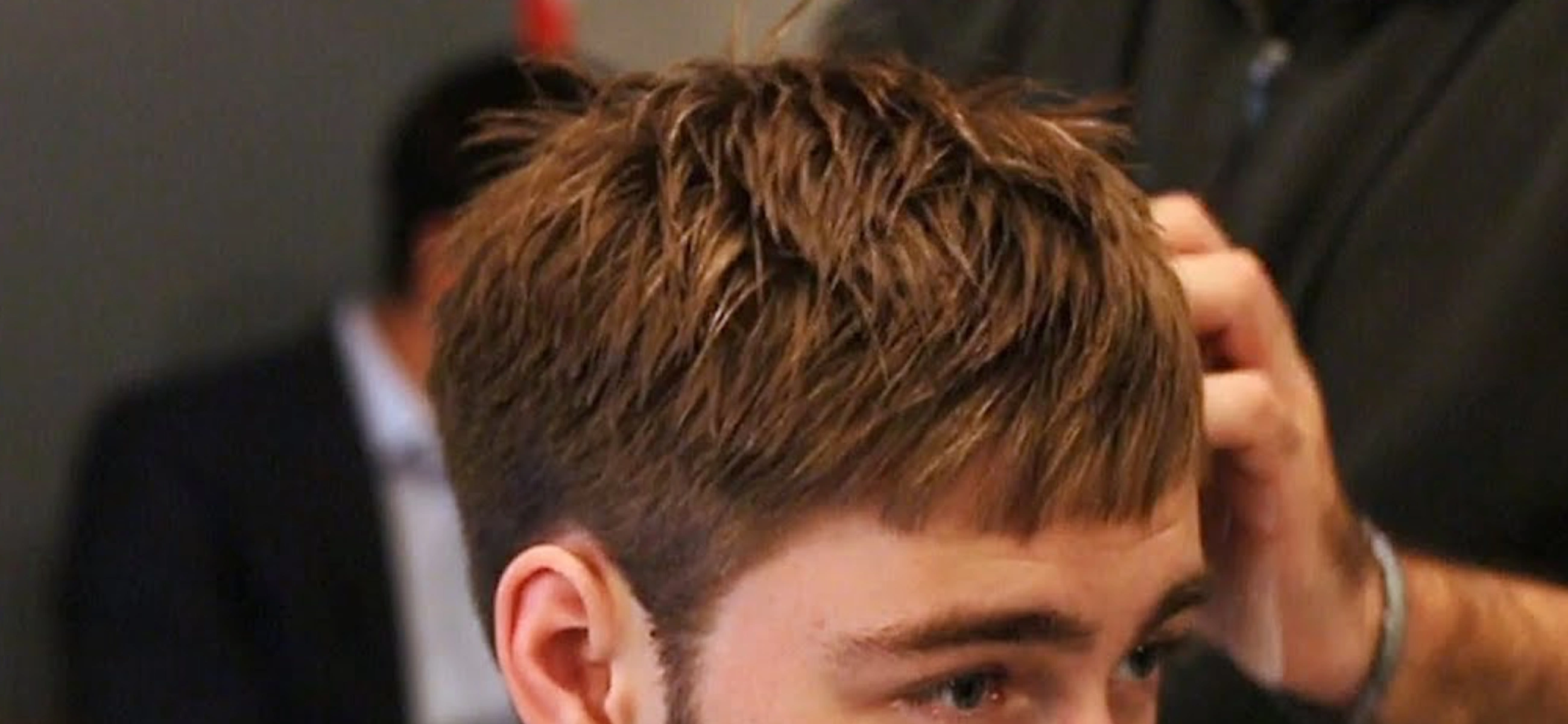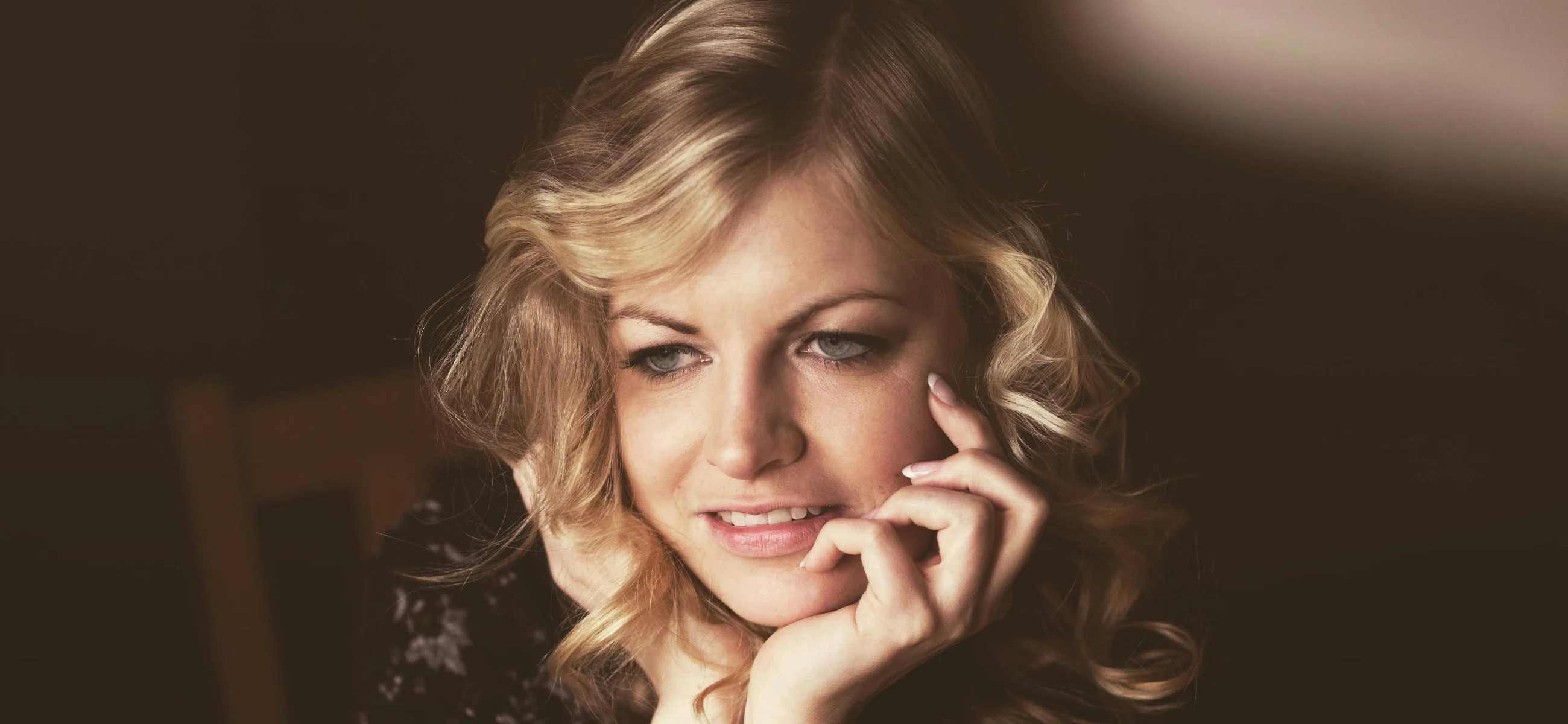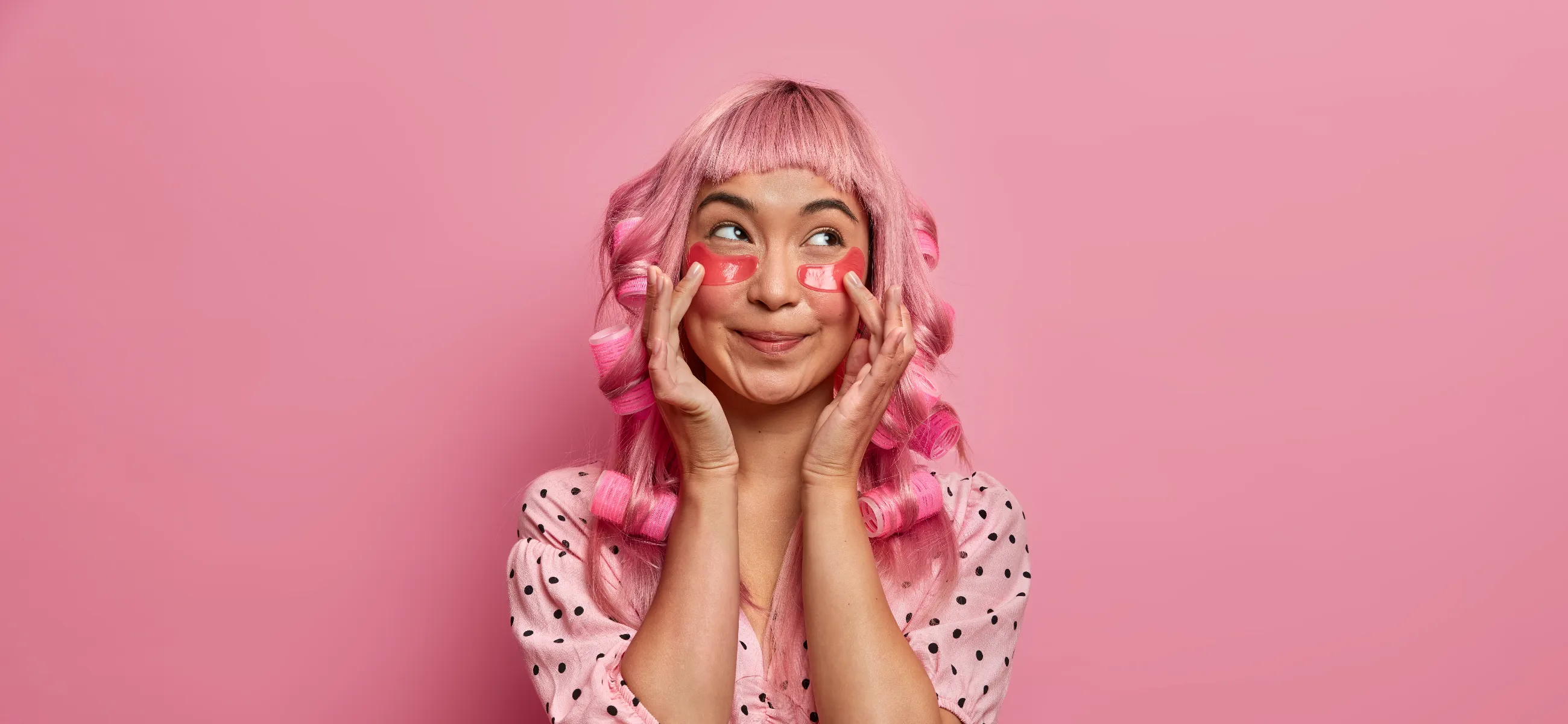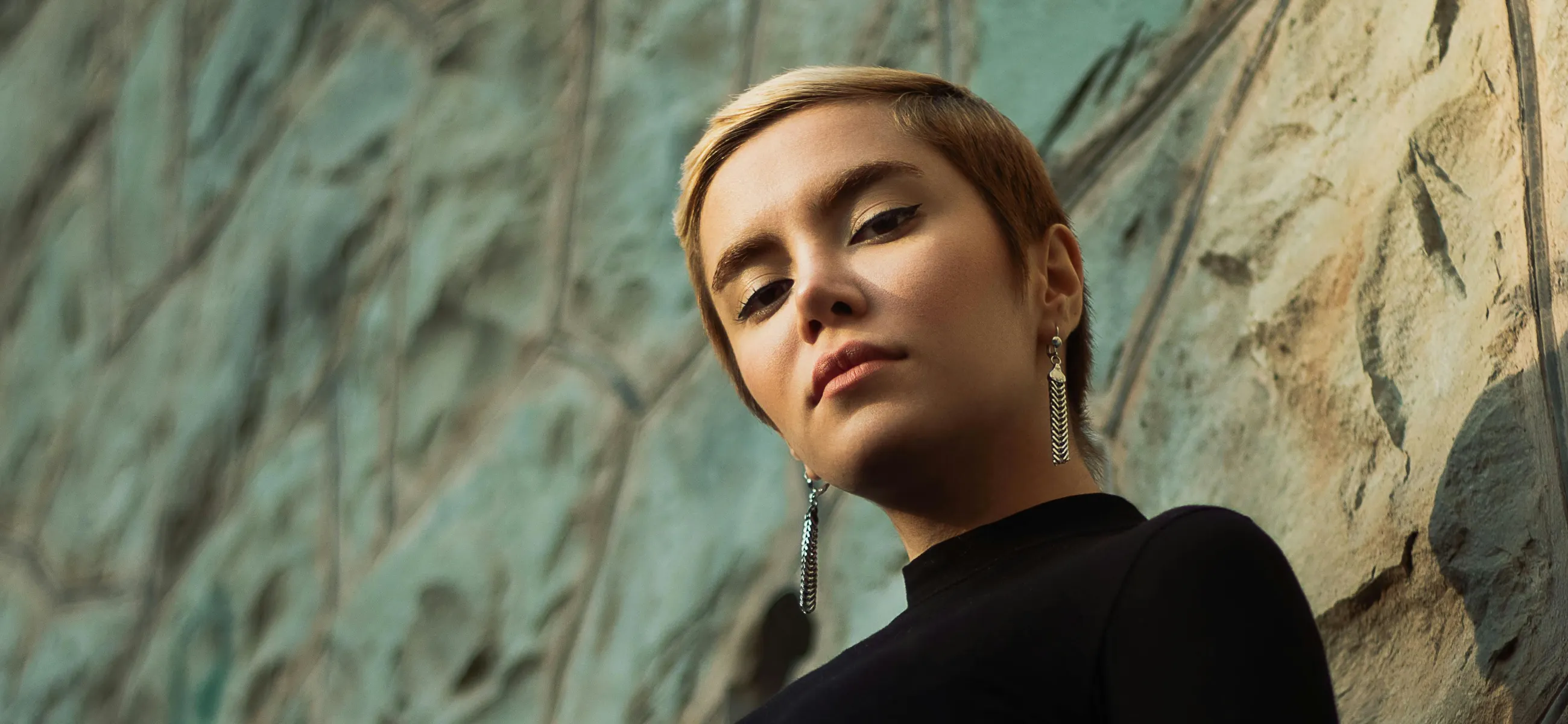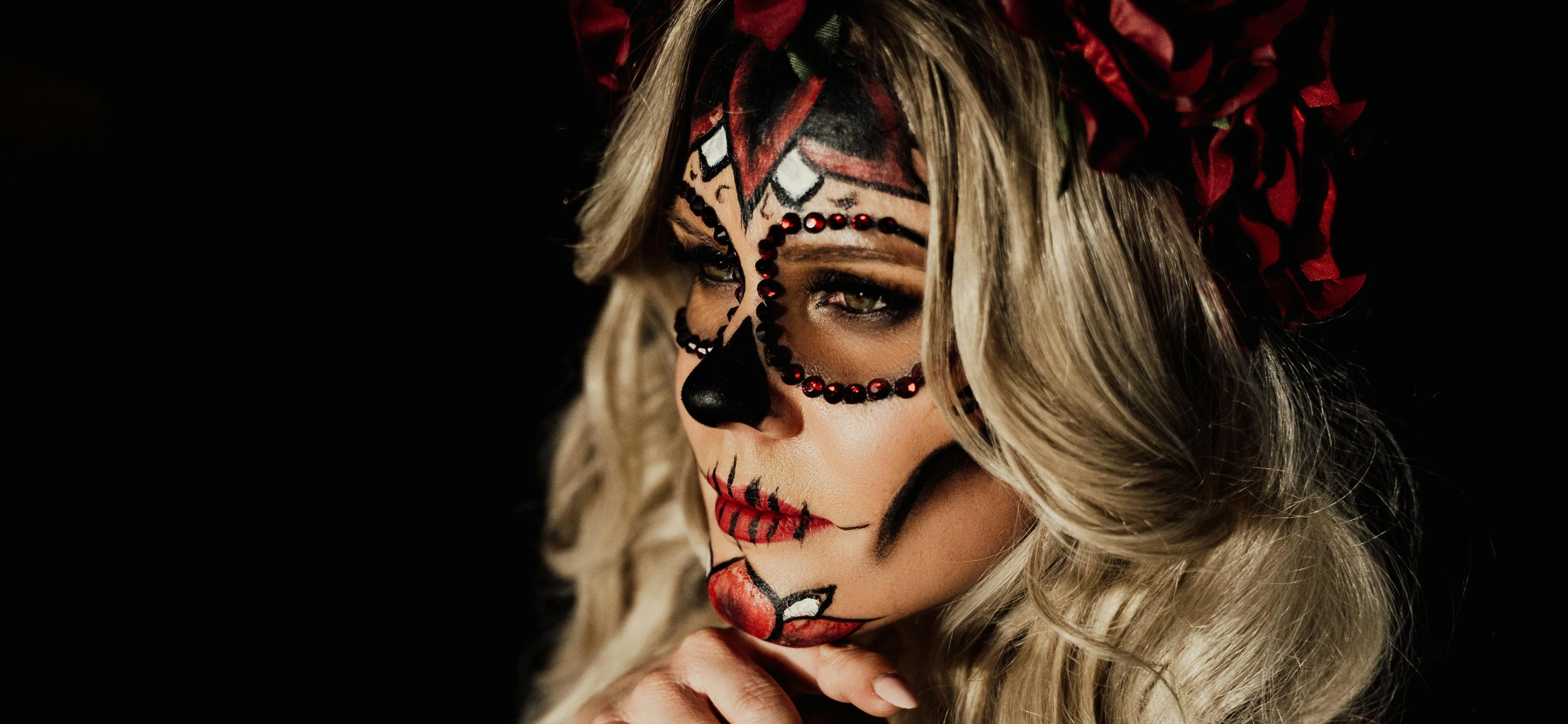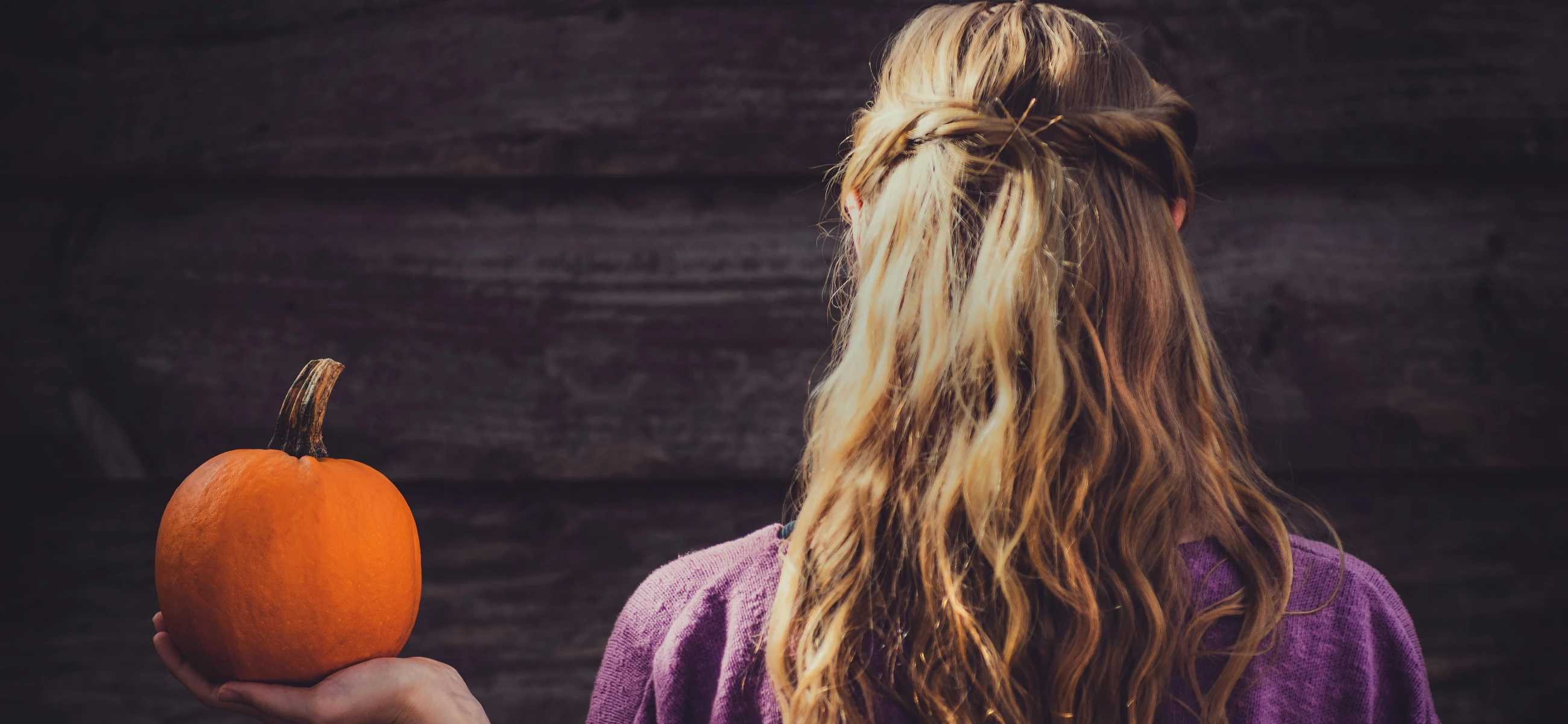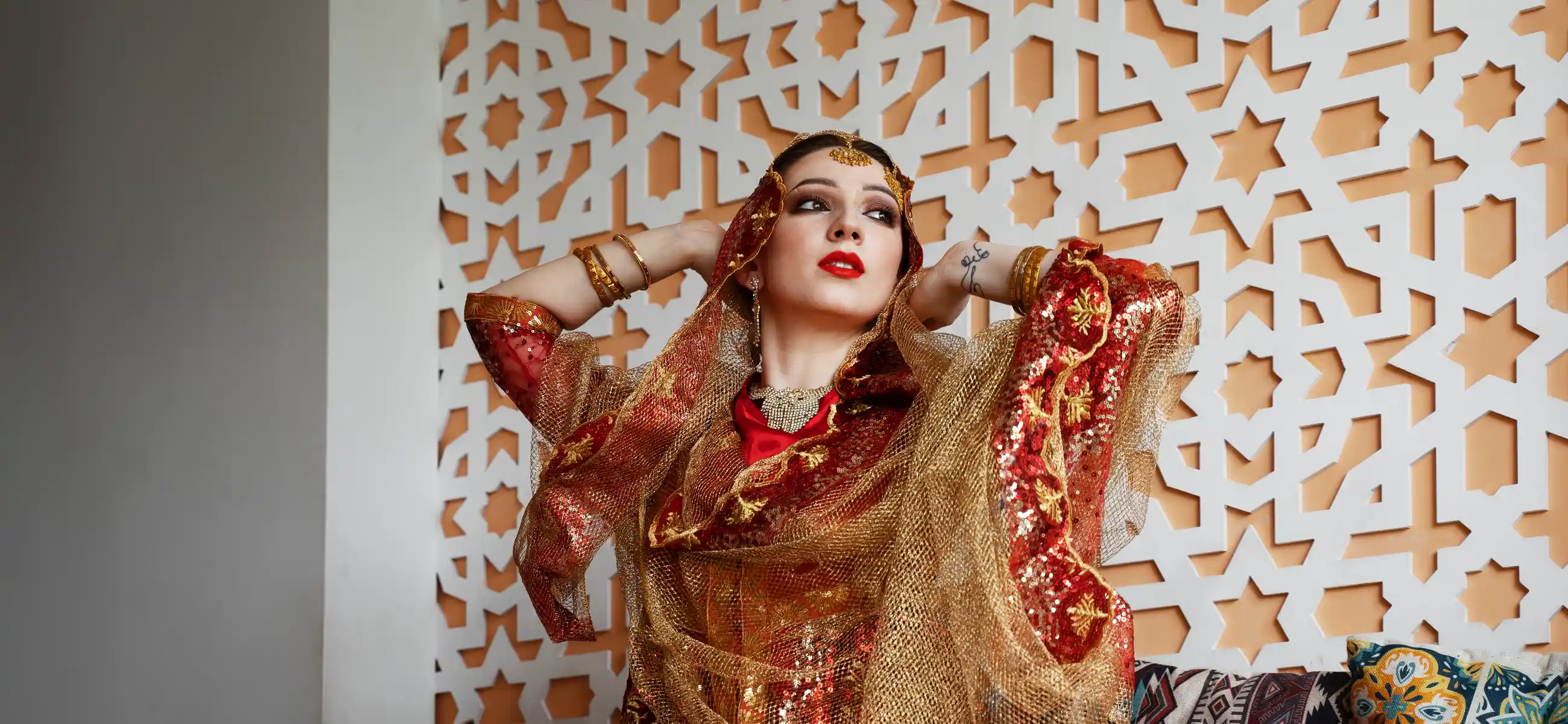The absence of hair dryers and other products that we consider essential today made it slightly more difficult for Victorian-era men and women to style their hair.
But when you dig into the history of the 19th century, you will learn that styling and products like oils and pomades revolutionised the way that people styled their hair.
As the century progressed, women and men were keen to showcase their style and opted for more elaborate hairdos. Here, we introduce you to 1800 hairstyles that were popular during Victorian times and reveal some 1800 hair tutorials and tips to help you achieve this historic style.
1800 women’s hair: Pompadours and bouffants
In the early 1800s, women’s hairstyles were influenced by Greek and Roman classical ideals. As a result, it was typical for women to wear their hair in natural curls or braids. As for accessories, headbands and ribbons were popular choices for holding hair in place.
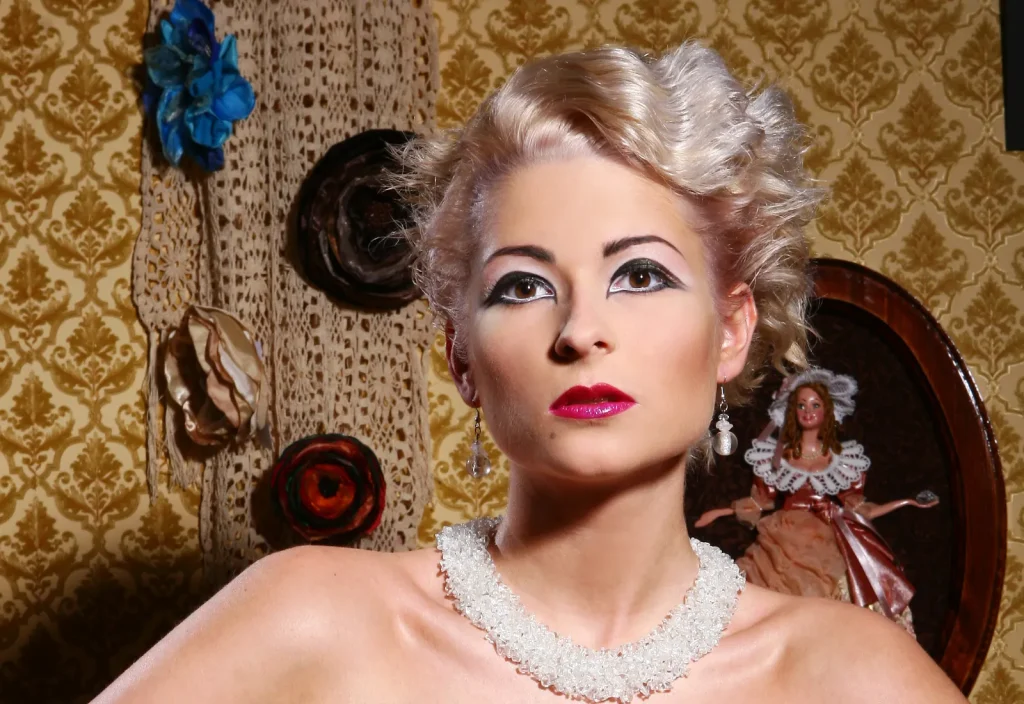
However, as the 1800s progressed into the Victorian era (1830-1901), times changed, and women sought more daring styles as culture became less conservative. For instance, many women preferred intricate updos and turned to headpieces to showcase their style.
Thanks to the introduction of various styling products in the 1860s, hairstyles became more elaborate, giving birth to styles like pompadours and bouffants, which added significant volume to styles.
1800 men’s hair: Side partings and handle-bar moustaches
In a similar fashion, men’s hairstyles changed and became more elaborate as the 1800s progressed. During the Regency era, men sported short and natural styles with a side parting. Most men were also closely shaven, as facial hair was regarded as a sign of scruffiness.
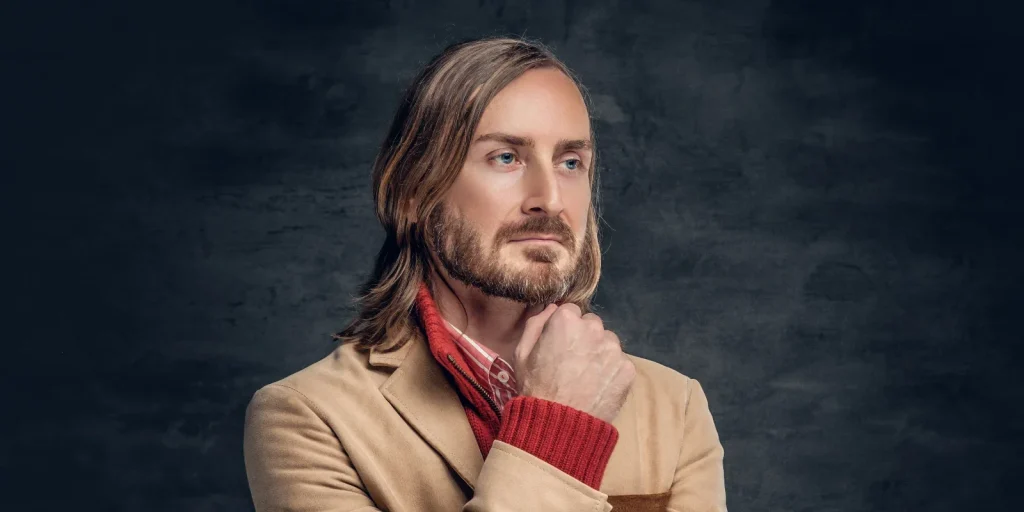
By the Victorian era, ideals had changed slightly and men became more adventurous with their styling. During this time, men opted for long sideburns and started using pomade to shape their hair. We also saw moustaches become popular, thanks largely to Prince Albert – Queen Victoria’s husband.
By the end of the century, facial hair became a big feature of 1800s style for men. Full-length handlebar moustaches and goatees were common, while pomades and oils were widely available to offer more on-top styling options.
Overview & explanation of 1800 hairstyles
Further to our introduction above, check out the following table that introduces some of the 1800 hairstyles that were so popular during the century, with a simple explanation of what the style consists of:
| Hair style | Men/Women | Description |
| Side parting | Men | A short haircut that creates a visible line between each side, resulting in a “parting.” |
| Facial hair | Men | Faial hairstyles like sideburns, handle-bar moustaches, and goatees became popular in the 1800s. |
| Mutton chop | Men | A military-style cut that featured long sideburns. This became popular in the 1860s. |
| Coiffure | Men | With the introduction of pomades and oils, men started styling their hair by the mid-1800s. |
| Natural curls | Women | At the start of the 1800s, women often wore their hair in natural curls, sometimes adorned with a simple ribbon or headband. |
| Updo | Women | By the start of the Victorian era, updos were in vogue, and many women started wearing tiaras and other headpieces. |
| Braids and buns | Women | Women also started experimenting with braids and buns towards the end of the century. |
| Pompadour | Women | This style added significant volume to the front and side of the hair, creating what became known as a “pomp.” |
| Bouffant | Women | This puffed-out style helped women’s hair stand out in a distinct rounded fashion and was easy to maintain. |
1800 hair tutorial and tips
If you want to try out 1800 hair for yourself, you need to first settle on a style. Naturally, the steps required to achieve a bouffant are notably different to those required for a Greek-inspired classical cut that was so popular at the start of the 1800s.
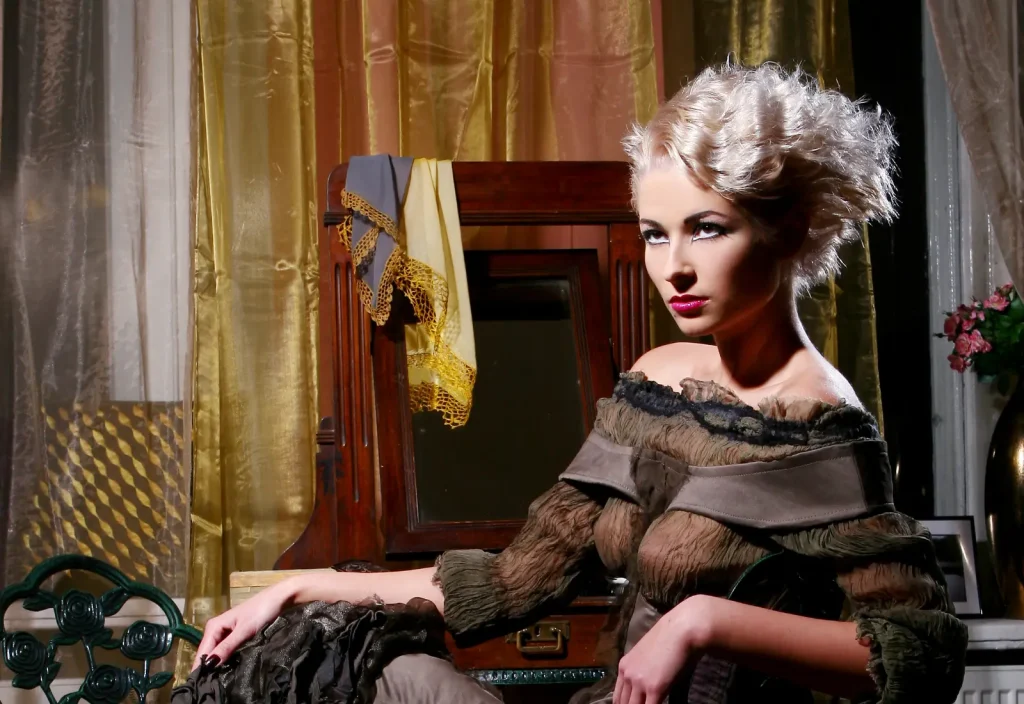
With that in mind, you can use these 1800 hair tips if you’re keen to achieve a distinct historical look this year:
Tip 1. Use pictures to help you showcase your style
Print off pictures of Victorian men or women that you want to model your style on as a starting point.
Tip 2. Get the right products
In 2024, you have so many more hair products available to you than they did back in the 1800s. So, make sure you have the best hair dryer for 1800 hair – such as the Laifen Swift – and opt for a boar-bristle brush for ease of styling.
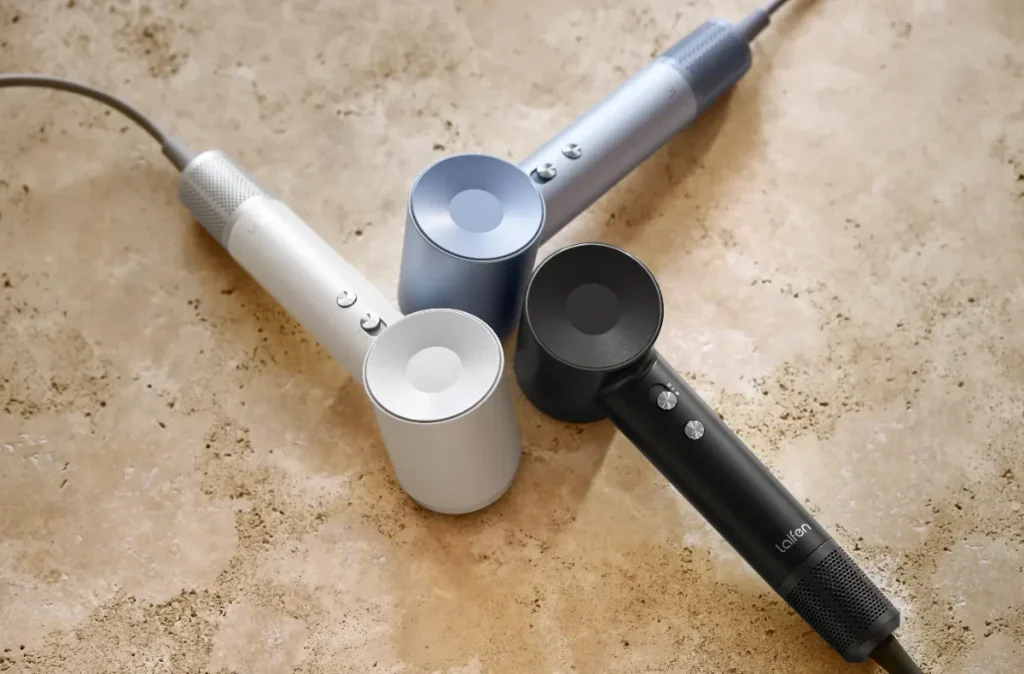
Tip 3. Choose pomades and oils
Though there are so many personal care products available today, be sure to use pomades and oils that were also available in the 1800s. This will help you to achieve the perfect style!
Tip 4. Get the right accessories
In the 1800s, women started dressing their hair with accessories. A chic ribbon or an elegant tiara can be the perfect finishing touch to your 1800 hair look.
Final thoughts
The 1800s saw lots of transformations in terms of hairstyles for men and women. In fact, 1800 hair introduced us to styles like the bouffant and pompadour for women and the side parting and mutton chop for men.
Using this article as your guide and our tips above, you can experiment with an 1800 hairstyle to transport yourself back to a simpler time this year! Read through our handy 1800 hair FAQs below for more information.
FAQs
Q1: Are 1800 hairstyles back in fashion?
Yes and no! If you rock an 1800 hairstyle to work, you might receive some strange glances. However, if you’re adventurous and want to try something a little different for a special occasion, there’s no reason not to rock a look from the 1800s.
Q2: How was hair curled in the 1800s?
Curl paper and tongues were used to curl hair in the 1800s. The process was long and arduous, as the tongues were heated over an open flame before being ready to use.
Q3: What were the best 1800 hairstyles for short hair?
For men, the side-parting was the best 1800s short hairstyle. On the other hand, natural curls were a popular choice for women with short hair.
